Intro
Discover the Slit Lamp Exam, a diagnostic tool using biomicroscopy to examine eyes, detecting conditions like cataracts, glaucoma, and retinal issues, with high magnification and illumination.
The slit lamp exam is a crucial diagnostic tool in the field of ophthalmology, enabling eye care professionals to examine the anterior segment of the eye in detail. This examination is essential for diagnosing and managing various eye conditions, including cataracts, glaucoma, and conjunctivitis. The slit lamp exam provides a magnified, three-dimensional view of the eye's structures, allowing for accurate assessments and informed treatment decisions.
The importance of the slit lamp exam cannot be overstated, as it is a vital component of comprehensive eye exams. By using a slit lamp, eye care professionals can detect subtle abnormalities and monitor changes in the eye over time. This information is critical for preventing vision loss and preserving eye health. Furthermore, the slit lamp exam is a non-invasive procedure, making it a comfortable and safe experience for patients.
In addition to its diagnostic capabilities, the slit lamp exam also plays a significant role in patient education. By explaining the findings and implications of the exam, eye care professionals can empower patients to take an active role in their eye health. This collaborative approach fosters a sense of trust and promotes better outcomes, as patients are more likely to adhere to treatment plans and attend follow-up appointments.
Introduction to Slit Lamp Exam
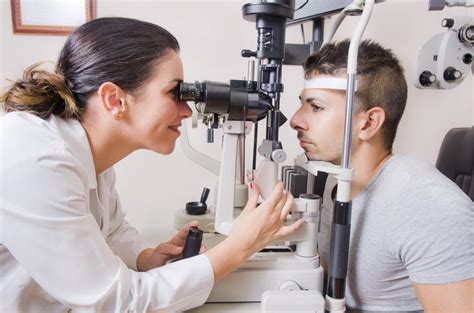
Components of the Slit Lamp Exam
The slit lamp exam consists of several components, each designed to evaluate specific aspects of the eye. These components include: * Corneal examination: The slit lamp is used to examine the cornea, the clear outer layer of the eye, for signs of injury, infection, or disease. * Iris examination: The slit lamp is used to examine the iris, the colored part of the eye, for signs of inflammation, tumors, or other abnormalities. * Lens examination: The slit lamp is used to examine the lens, the clear structure behind the iris, for signs of cataracts or other abnormalities. * Conjunctival examination: The slit lamp is used to examine the conjunctiva, the thin membrane covering the white part of the eye, for signs of inflammation or infection.Benefits of the Slit Lamp Exam
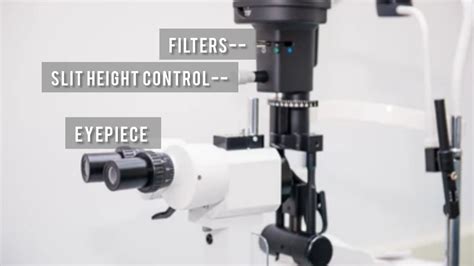
How the Slit Lamp Exam Works
The slit lamp exam is a relatively simple procedure that involves the following steps: 1. The patient is seated in a chair and positioned in front of the slit lamp. 2. The eye care professional adjusts the slit lamp to focus on the patient's eye. 3. The patient is asked to look straight ahead, and the eye care professional examines the eye using the slit lamp. 4. The eye care professional may use additional tools, such as a tonometer or ophthalmoscope, to gather more information.Common Conditions Diagnosed with the Slit Lamp Exam
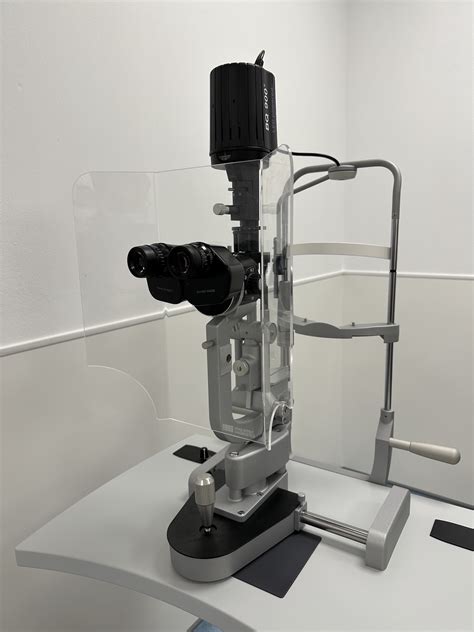
Treatment Options for Conditions Diagnosed with the Slit Lamp Exam
The treatment options for conditions diagnosed with the slit lamp exam depend on the specific condition and its severity. Some common treatment options include: * Medications: Eye drops or oral medications may be prescribed to treat conditions such as glaucoma, conjunctivitis, or uveitis. * Surgery: Surgery may be necessary to treat conditions such as cataracts or keratitis. * Laser therapy: Laser therapy may be used to treat conditions such as glaucoma or diabetic retinopathy.Preparation for the Slit Lamp Exam
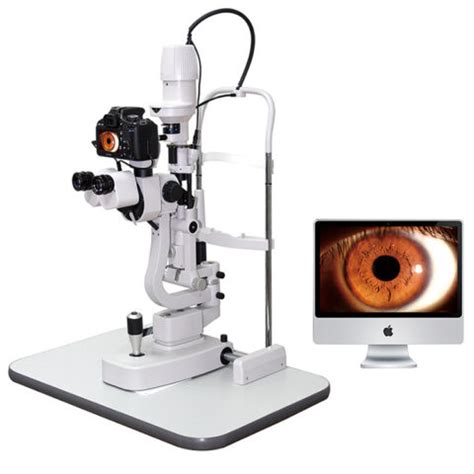
What to Expect During the Slit Lamp Exam
During the slit lamp exam, patients can expect: * A thorough examination of the eye using the slit lamp. * The use of additional tools, such as a tonometer or ophthalmoscope. * A discussion of the findings and any necessary treatment options. * A comfortable and safe experience, as the slit lamp exam is a non-invasive procedure.Advances in Slit Lamp Technology
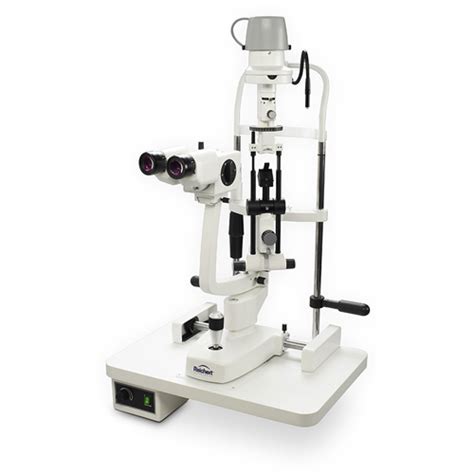
Future Developments in Slit Lamp Technology
Future developments in slit lamp technology are expected to include: * Artificial intelligence: Artificial intelligence may be integrated into the slit lamp exam to improve diagnostic accuracy and efficiency. * Telemedicine: Telemedicine may become more prominent, allowing patients to undergo slit lamp exams remotely. * Advanced imaging: Advanced imaging techniques, such as optical coherence tomography, may become more widely available, providing even more detailed information about the eye.Conclusion and Next Steps

We invite you to share your thoughts and experiences with the slit lamp exam in the comments below. If you found this article informative, please share it with others who may benefit from this information.
What is the purpose of the slit lamp exam?
+The slit lamp exam is used to diagnose and manage various eye conditions, including cataracts, glaucoma, and conjunctivitis.
How long does the slit lamp exam take?
+The slit lamp exam typically takes around 15-30 minutes to complete, depending on the complexity of the exam and the number of tests performed.
Is the slit lamp exam painful?
+No, the slit lamp exam is a non-invasive procedure and is not painful.
Can I drive after the slit lamp exam?
+Yes, you can drive after the slit lamp exam, as it does not affect your vision or ability to drive.
How often should I have a slit lamp exam?
+The frequency of slit lamp exams depends on your individual needs and risk factors, but it is generally recommended to have a comprehensive eye exam, including a slit lamp exam, every 1-2 years.
